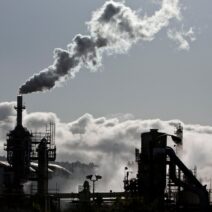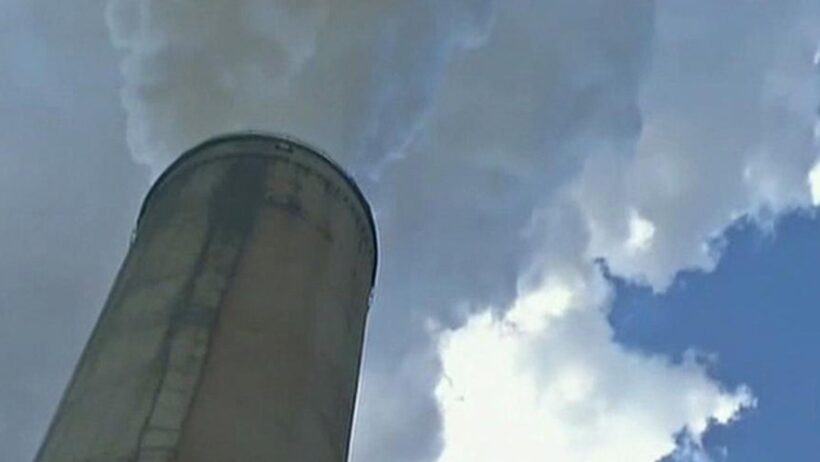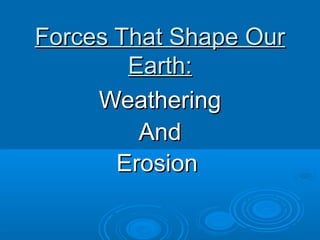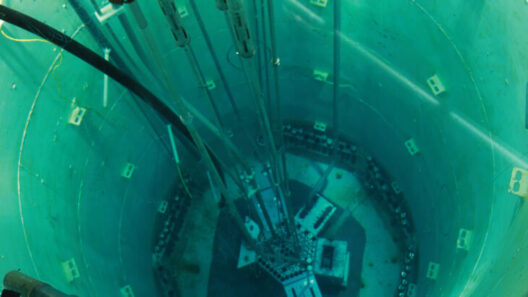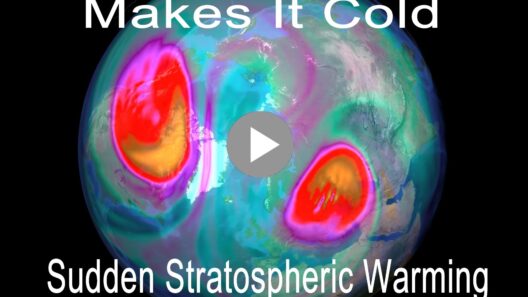A stunning question looms large in the discourse surrounding climate change: Is global warming man-made? This inquiry not only tantalizes the intellectual curiosity of scientists and laymen alike but also challenges commonly held beliefs about our planet’s health. To untangle the complex web of scientific findings and assertions, a closer examination of the evidence regarding human activity and global warming is essential.
Historically, Earth has experienced numerous climate shifts, but the current trajectory appears unprecedented. Over the past century, global temperatures have risen at a drastically accelerated rate, with an alarming correspondence to industrialization’s surge since the late 19th century. This era, marked by the extensive burning of fossil fuels, has led to an exponential increase in greenhouse gas emissions, notably carbon dioxide (CO2) and methane (CH4). But how exactly do these gases contribute to the warming phenomenon?
Greenhouse gases trap heat from the sun in the Earth’s atmosphere, preventing it from escaping back into space. This process, known as the greenhouse effect, is naturally occurring and vital for sustaining life. However, human intervention has augmented this effect to a critical level. The Intergovernmental Panel on Climate Change (IPCC) indicates that CO2 levels are higher than they have been in at least 800,000 years. It beckons us to ponder the extent of our responsibility for this climactic crisis.
The fingerprints of anthropogenic activities—such as deforestation, industrial processes, and agricultural practices—are evident in scientific analyses. Deforestation, for example, reduces the number of trees that can absorb CO2, exacerbating the amount of this greenhouse gas lingering in our atmosphere. An increase in livestock farming compounds the issue, as significant methane emissions result from digestive processes and manure management. Together, these activities culminate in atmospheric alterations that drive global warming.
The evidence of human culpability becomes further pronounced when we juxtapose climate model projections with empirical temperature records. Models that incorporate only natural drivers—such as volcanic eruptions and solar irradiance—fail to accurately simulate the observed temperature rises of the last century. Conversely, when human influences are included, models depict a starkly accurate representation of climatic trends. This dissonance between natural variables and actual temperature increases invites scrutiny and demands acknowledgment of the profound effect of human action.
Furthermore, data from the National Oceanic and Atmospheric Administration (NOAA) and NASA unequivocally indicate that the decade from 2010 to 2019 was the warmest on record. Such enduring trends beg the question: Can we dismiss these findings as mere statistical anomalies? Unlikely. The persistence of high temperatures across multiple years, alongside myriad scientific studies, consolidates the argument for human-induced climate warming.
Some skeptics may propose alternative hypotheses, suggesting natural climate cycles or solar output as primary culprits of the current warming trends. However, these arguments often overlook the intricate interplay of various factors. Indeed, while natural phenomena do influence climate, the magnitude and pace of recent changes have no historical parallel without substantial human input. It appears that the extraordinary is not just occurring but is driven by human negligence and an insatiable quest for industrial expansion.
Additionally, ongoing studies involving ice core samples reveal historical climate data over millennia, illustrating a direct correlation between CO2 levels and temperature fluctuations. These cores provide a sobering glimpse into Earth’s past and reinforce that the recent spike in temperatures cannot be deemed a natural occurrence. Thus, the inquiry shifts from a vaguer discourse on whether climate change is occurring to a more defined exploration of who or what is to blame.
The ethical implications of this evidence must also be addressed. Knowing that human actions are contributing significantly to climate change raises questions about responsibility. Industries reliant on fossil fuels are often at the center of discussions regarding fossil fuel dependency and renewable energy alternatives. The challenge evolves: how do we shift our collective paradigm to negate humanity’s impact on climate patterns while being cognizant of economic and social ramifications?
Transitioning towards renewable energy sources—such as solar, wind, and hydroelectric power—offers a glimmer of hope. By investing in sustainable practices and reducing reliance on carbon-heavy fuels, society can embark on a reformative journey. This pivot not only addresses climate change but also creates new economic opportunities in the burgeoning green technologies sector.
Equally important is public awareness and engagement, which are necessary to drive meaningful change. Education plays a certifiably crucial role in fostering a populace that understands the implications of climate change, advocates for policy reform, and pushes industries toward sustainable innovations. Grassroots movements and community initiatives can foster a collaborative approach to climate resilience.
Embarking on this discourse—questioning the authenticity of global warming and our role in its acceleration—poses challenges yet inspires action. By embracing the evidence and advocating for innovative solutions, society can endeavor to rectify mistakes while nurturing the planet. Therein lies the enduring question: With mounting evidence implicating human actions in climate change, how will future generations respond to the call for accountability?
The stakes have never been higher, and the responsibility rests in our collective hands. The path forward rests not just in analyzing data but in catalyzing action that harmonizes human activity with Earth’s ecosystems. In unraveling the complexities of climate change, we find the potential for restoration and resilience, a testament to our capability for positive transformation.

